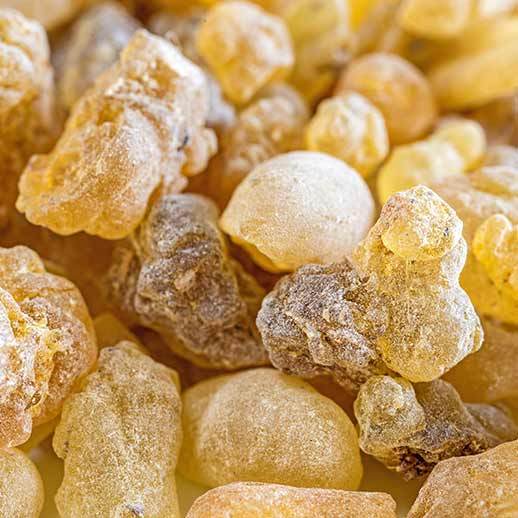1) Pungle P, Banavalikar M, Suthar A, et al. Immunomodulatory activity of boswellic acids of Boswellia serrata Roxb. Indian J Exp Biol 2003;41:1460-2.
2) Knaus U and Wagner H. Effects of Boswellic acid of Boswellia serrata and other triterpenic acids on the Complement System. Phytomedicine 1996;3(1):77-80.
3) Gerbeth, K., Meins, J., Kirste, S., Momm, F., Schubert-Zsilavecz, M., and Abdel-Tawab, M. Determination of major boswellic acids in plasma by high-pressure liquid chromatography/mass spectrometry. J Pharm.Biomed.Anal. 12-15-2011;56(5):998-1005.
4) Kruger, P., Daneshfar, R., Eckert, G. P., Klein, J., Volmer, D. A., Bahr, U., Muller, W. E., Karas, M., Schubert-Zsilavecz, M., and Abdel-Tawab, M. Metabolism of boswellic acids in vitro and in vivo. Drug Metab Dispos. 2008;36(6):1135-1142.
5) Poeckel, D. and Werz, O. Boswellic acids: biological actions and molecular targets. Curr Med Chem 2006;13(28):3359-3369.
